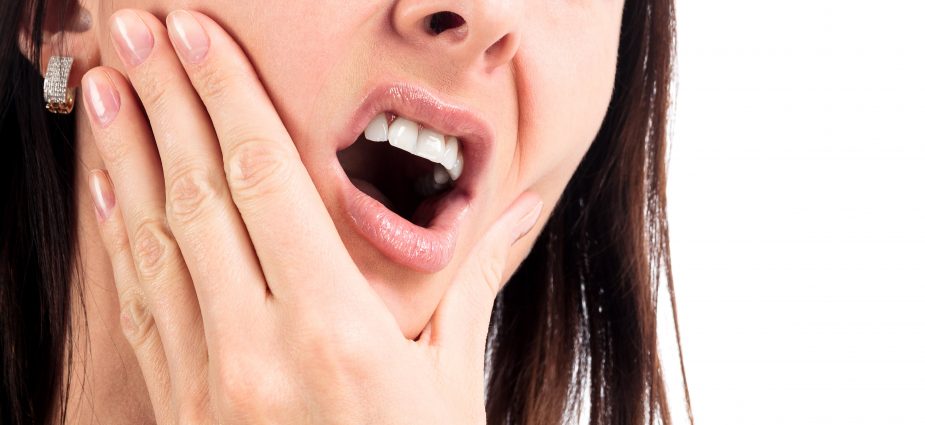Last Updated on: 19th December 2025, 07:46 am
Orofacial Infections of dental origin are caused by several factors. These include the microbial agent, the anatomy of the maxillary-facial region of the host, which could favor the spread of the infection towards structures as in a superior pathway to the brain, in a pathway lower towards the mediastinum where the cardiac organ is housed; also little or no hygiene, as well as the lack of instruction in oral health care, are factors that add to the development of more severe stages of these Orofacial Odontogenic infections of dental origin.
How do Orofacial Infections Arise?
It is known that dental infections are prevalent in developing countries due to many situations, including the lack of affordability of health services in different areas that are difficult for health personnel to reach. In developed countries, where it might seem that these cases of the disease are a minority, it happens in such a way because, although it seems rare, these dental infections occur in populations exposed either to factors such as a diet rich in sucrose and others, or in patients susceptible to suffering from invasive carious lesions.
The objective of this article is to describe the symptoms of infections of dental origin and explain the ways to avoid them and know the places to go if you are affected.
Where Is The Most Common Orofacial Odontogenic Infection?
Some studies report that the lower molars are the most common causal teeth in maxillofacial infections. This predominance, which is more likely in molars in maxillofacial infections, has been explained by poor oral hygiene and the technical difficulty of restoration (1, 3).
A study by Cachovan et al. (2) showed that in infections involving anatomy, the most affected space was the mandibular (57.1%). Most patients often delay a visit to the dentist despite complicated oral health status. Sometimes this delay becomes life-threatening; patients present with high fever, decreased respiratory function, and malnutrition due to mouth-opening limitations and difficulty swallowing.
What Causes an Orofacial Odontogenic Infection?
The general criteria for admission to a hospital of patients with maxillofacial odontogenic infections are detailed: decreased function including limited mouth opening less than 40 mm, dysphagia, dyspnea, temperature over 38 ° C, soft tissue inflammation that spreads contiguous anatomical spaces, and general severe condition.
Signs of the spread of inflammation, such as pyrexia, lymphadenopathy, difficulty swallowing, and pain when opening the mouth, should be considered indicators of high severity and the need to refer patients to hospitals.
For their part, Cachovan et al. (2,3) affirm that the clinical manifestations of deep cervical space infections (DNSI) depend on the spaces involved and include pain, fever, malaise, fatigue, swelling, odynophagia, dysphagia, trismus, dysphonia, otalgia, and dyspnea.
Pain
The main reason for seeking specialized care. Most of the time caused by tooth decay and the compromise of the vital part of the tooth.
Fever
It is a sign that your body is trying to fight an illness or infection. You have a fever because your body is trying to kill the virus or bacteria that caused the infection. Most of these bacteria or viruses survive well when your body is at its normal temperature. But if they have a fever, it is more difficult for them to survive. Fever also activates your body’s immune system.
Discomfort
It is a general feeling of discomfort, illness, or lack of well-being. It can start slowly or quickly, depending on the type of disease.
Fatigue (feeling tired)
It occurs along with malaise in many diseases. You may experience a feeling of not having enough energy to do everyday activities.
Swelling
The localized increase in size and volume of the cavities or virtual spaces in the face and neck is caused by the accumulation of fluids in the tissues. The presence of extra fluid can lead to weight gain for a short period (days to weeks).
Odynophagia
Pain during swallowing. The pain ranges from mild to severe, preventing in some cases even swallowing your saliva
Dysphagia
Difficulty swallowing can cause dehydration, weight loss, and malnutrition.
Lockjaw
In patients with an odontogenic infection, it is a dangerous sign. It warrants a careful examination of the patient for symptoms and signs of upper respiratory involvement, such as tongue elevation, stridor, difficulty swallowing saliva, and difficulty breathing.
Dysphonia
Alteration of the timbre of the voice by multiple causes
among them due to bacterial or viral infections.
Otalgia
It is a disease located outside the ear (secondary otalgia) and triggered by dental diseases (they are the most common cause of reflex earache): pulpitis, periodontitis, dental trauma, and lack of eruption of the third molar.
Dyspnea
Difficulty breathing can involve difficulty breathing, uncomfortable breathing, and feeling like you are not getting enough air. It is caused by the obstruction of the airways, making it difficult for air to pass into the lungs.
Contact Us
People who may be suffering from orofacial infections or dental disease are recommended to take this article from Channel Islands Family Dental into consideration and not hesitate to seek prompt attention and learn about the world of oral health.
At Channel Islands Family Dental Office, we will be happy to provide you with all the necessary information to decide the treatment you choose. In addition, our dentists in Oxnard, Santa Paula, Ventura, and Port Hueneme will be able to guide you toward the best treatment to restore your best smile.

















